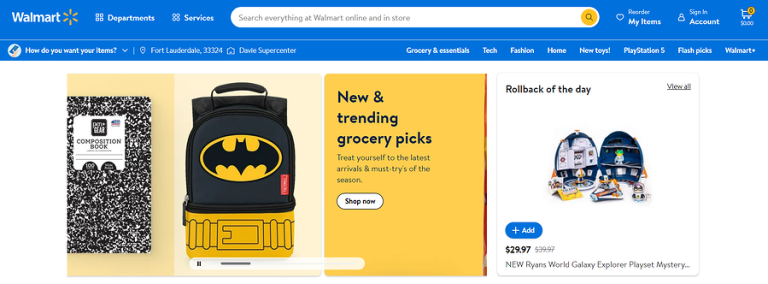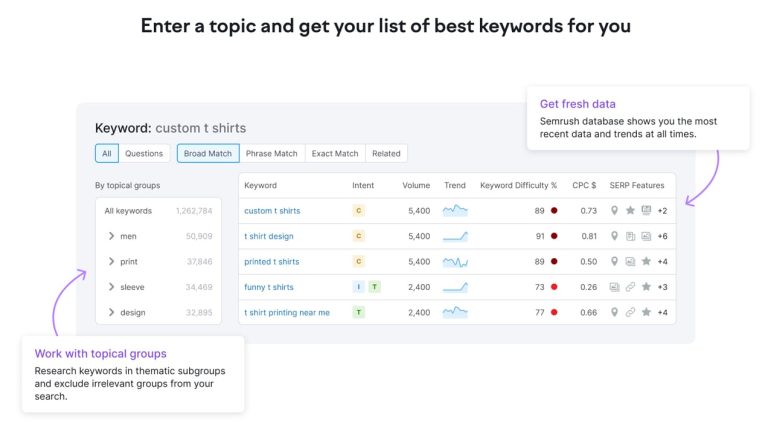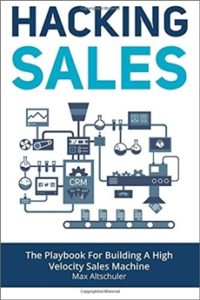One of the key elements that business owners transitioning from physical to online retail notice is the simplicity of expanding their product offerings. Unlike traditional retail, where each SKU is an added overhead in retail space, eCommerce makes it extremely easy to list thousands of products at once.
This is further simplified if your business model involves a marketplace or a dropshipping model since your expenses are virtually the same regardless of how many products you stock.
Naturally, marketing can become complicated with a broader range of products. Let’s dive into the best ways to easily market your online store — even if you have thousands of products.
3 Challenges of Running an eCommerce Store With a Massive Catalog
Running an eCommerce store with a vast catalog is no walk in the park. There are a number of challenges to surmount.
Your marketing campaigns may be spread too thin.
Regardless of your store size, your marketing budget is still the same. With an extensive catalog to sell, this would mean spreading your campaign across thousands of products that may not always yield the same kind of returns as spending it on one or two products.
Also, if you’re selling a wide range of products without keeping them organized, the website may be poorly optimized and not very user-friendly. This can make it difficult for customers to find what they need and purchase your products.
You’ll need a large team or agency to help market your product catalog across multiple channels like Facebook, Twitter, Pinterest, Instagram, and others. The more channels you use, the harder it will be to manage them all effectively.
You may be unable to position yourself effectively.
It’s simpler to position your brand to target a specific audience when you only have a handful of products to sell. However, this becomes difficult when your store caters to multiple needs and audiences.
This dilemma is especially common for online stores that sell both B2C and B2B. Your B2C customers will have different wants and needs than your B2B customers, so their experiences need to be segmented as well.
Your business may lack personalization.
This follows from the previous point. Since you target multiple audiences and product categories, it may be more difficult to personalize your campaigns to reach specific kinds of audiences.
Sure, you can create separate drip campaigns targeting different audience profiles. However, how do you handle audiences who overlap? Too many personalized messages could be spammy, while a lack of personalization could convert less.
How to Market an Online Store With Many Products in 6 Steps
So, how do you go about framing a strategy that works for an online store with a large catalog? Let’s find out.
1. Create Clusters
If you have a large catalog of products, clustering can help you organize your products.
You can use clustering to group similar products together. For example, if you have a “vertical” store selling only beauty products, you can segregate them by hair, skin, nail, etc.
Rather than selling in a specific market, a “horizontal” store sells products for various needs. If your online store is horizontal, you can create multiple levels of clusters. For example, if you sell beauty and home living products, then “Beauty” can be its own cluster, with skin care and hair care as sub-clusters. “Home Living” would be a separate cluster, with kitchenware, bedroom products, etc. as sub-clusters.
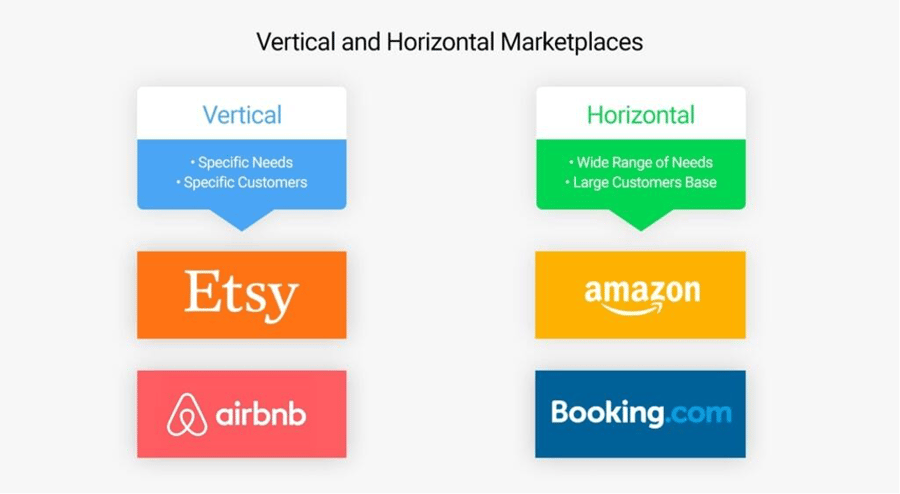
Source: Roobykon Software
You can also use clustering for vertical markets that are similar but not the same. For example, if your online store is selling men’s accessories and women’s accessories, you could create clusters based on gender in the same way that there are sub-clusters within each major category in our example above.
2. Create a Positioning Strategy
A positioning strategy is a way of defining your place in the market you want to serve.
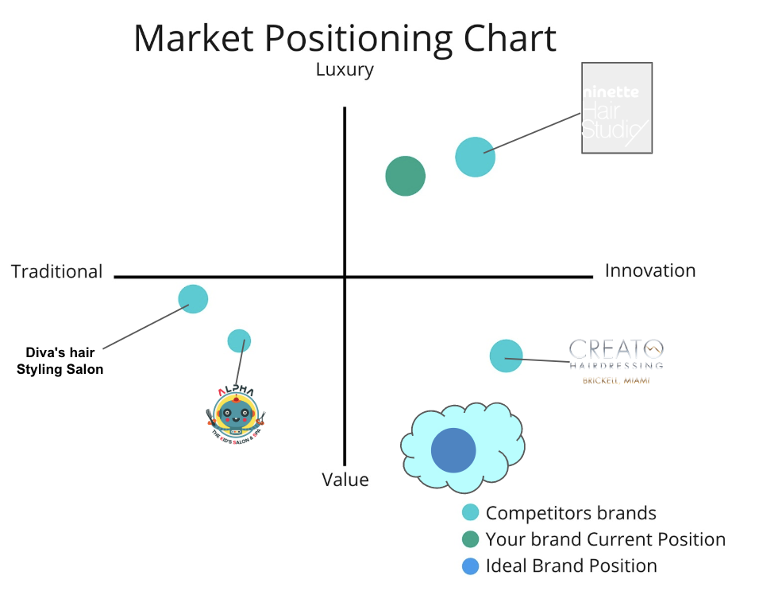
Source: Prototypr
If you have a horizontal store, you may want to split your store into multiple smaller brands. This makes it easy to target one specific audience for each product.
For stores that sell thousands of products in the same broad category, apply the 80:20 rule to identify the 20% of products that make up 80% of revenue.
Build highly targeted customer personas for these specific product buyers.
3. Create Buyer Personas for Each Group
Buyer personas will help you understand their needs better and tailor your messages accordingly.

Source: Carts Guru
Create customer segments based on customer behavior and purchase intent. Ask these questions to build these buyer personas:
- What do they buy?
- What’s their buying process like?
- How often do they buy?
- Do they buy online or offline?
- Is there anything special about them that differentiates them from other customers in your niche?
- What are their demographics?
- What’s their household income level?
- What are their interests?
- Do they live near your brick-and-mortar store (if applicable) or not?
4. Automate Heavily
The more time you can save by automating your campaigns and processes, the more time you have to focus on other areas of your business. This will also help you scale your business and reach customers in ways that weren’t possible before.
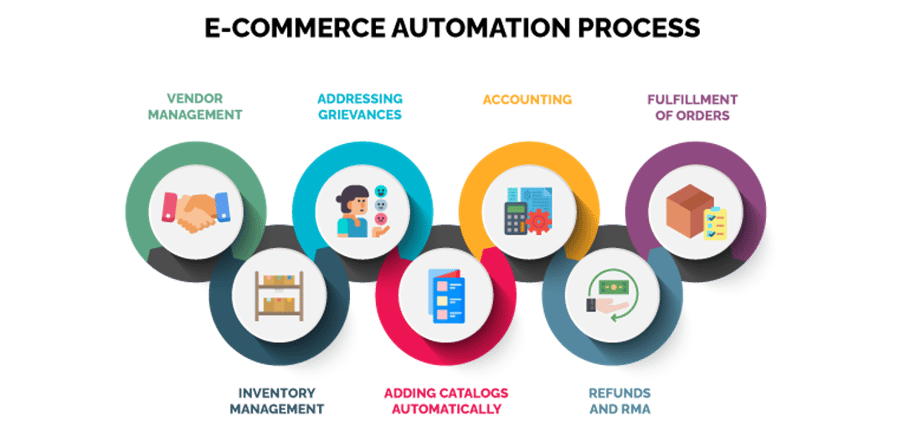
Source: Quixy
For each of the products in the 20%, look at analytics to identify buying patterns — Average Order Value (AOV), how frequently it is purchased, what else is purchased with this, etc.
Now, set up automated SMS and email reminders to send out marketing newsletters promoting these products to the specific customer.
Here are some great examples of how automated email marketing can work for your eCommerce business:
- Automatically send out newsletters based on what products are purchased or when customers hit particular sales targets.
- Automatically send out emails about upcoming promotions or new products.
- Send automated SMS messages to potential customers who recently visited your website or clicked an ad on Facebook.
Depending on your industry, you can also create an extensive marketing calendar and schedule your email blasts in advance to target specific customers.
5. Cut Down on Overheads
When you have a massive catalog, it is easy to get carried away with adding SKUs. Each SKU adds to your overhead. Reducing SKUs can streamline operations better. Your product portfolio should be well structured, and the products that are not selling well should be eliminated. This will help manage your expenses and increase profitability.
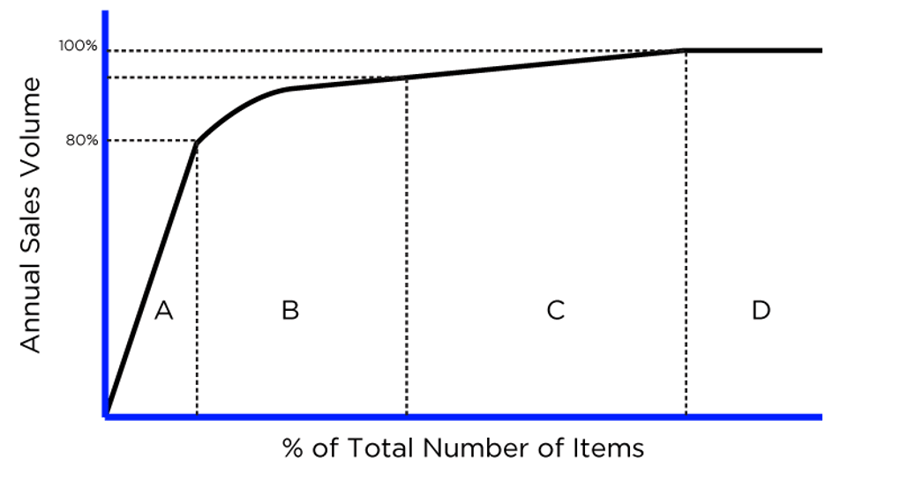
Source: Conveyco
The best way to do this is by identifying all the products that are selling poorly (e.g., those with less than 1% of sales) and seeing if you can remove them from your catalog. If this is not possible, work out alternate strategies like marketplace or dropshipping so that you do not have to own the inventory.
6. Test Your Marketing Strategies
Get into the habit of testing your marketing strategies regularly. You need to know whether they are working or not.
The best way to do this is by running A/B tests on various parts of your website, like headlines, images, or product descriptions. This will help you get a clearer picture of what’s working for different products and audiences.
Some Do’s and Don’ts for Selling Online With a Massive Catalog
Before you build a marketing campaign for your long list of products, you must ensure that your website is fully optimized for the perfect shopping experience.
Do: Mind your product descriptions.
Your eCommerce marketing strategy should be based on the kind of products you sell, your target audience, and the keywords you want to rank for.
Regarding product descriptions, the more information you have about each product, the better.
If you are sourcing product descriptions from the vendor, make sure you have someone in your team go through each of these descriptions manually before it is published. Otherwise, you will have thousands of pages that are possibly duplicates — which can impact SEO.
This is especially important if you use an automated platform to create your catalog. Some descriptions may not be as effective as others or just don’t fit your brand personality.
One way to ensure consistency across your site is by having a copywriter review all of your product descriptions before they go live. This allows for consistency in language and tone — so that customers can find what they are looking for quickly instead of being overwhelmed with too much information at once.
Do: Make customer experience a priority.
Create internal tags for related products that enhance UX. For example, if you sell a red and a blue colored ball, they are different SKUs. However, if they are tagged together, the buyer can check these variants before buying one they like.
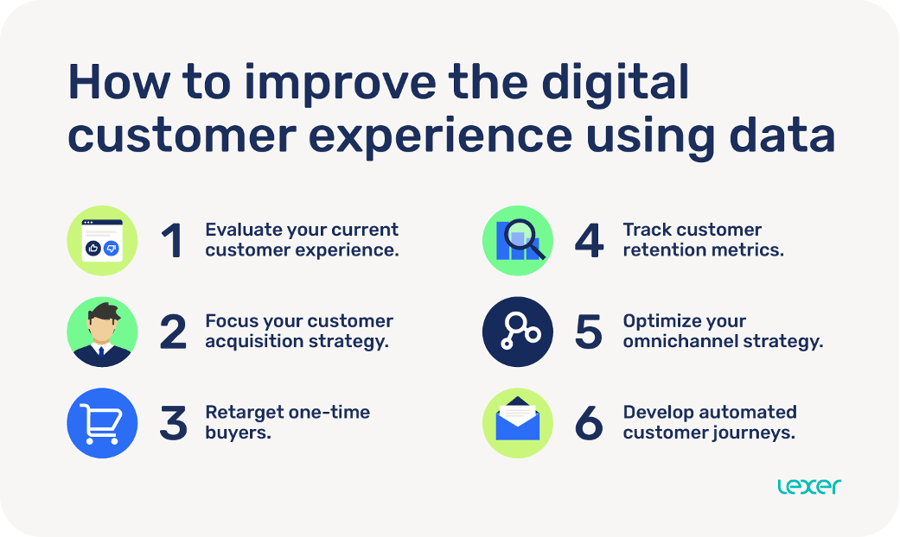
Source: Lexer
Make sure that all your product pages automatically redirect to your main product page once the customer finishes their purchase. This is crucial as it gives an impression of trust and reassures the customer that their order will be fulfilled.
Create an email subscription form on your website so that buyers can conveniently receive periodic updates about new products or promotions by email.
Don’t: Waste Google’s crawling budget.
When you have a massive catalog, there are a lot of products that you need to keep track of. You also want to make sure that your store is optimized so that you get the most out of SEO.
To do this, you need to run spiders on your site regularly. This will help keep an eye on any 404 errors or broken links on your site.
It will also help you clear up discontinued product pages (that do not exist anymore) so that Google does not waste its “crawling budget” on unnecessary pages. You can also use Google’s Webmaster Tools to check if there are any issues with your website.
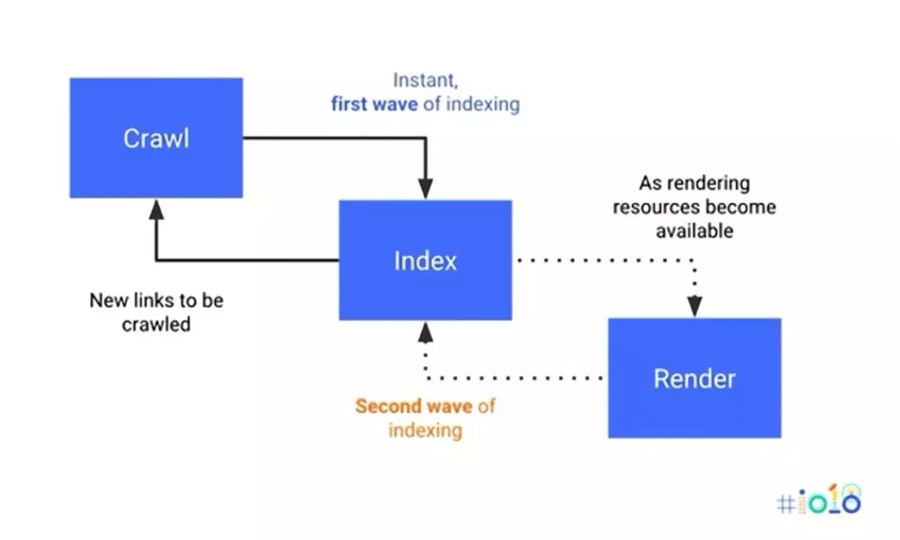
Source: Search Engine Journal
Google spiders are not only used to find out if any of your products are missing from the index but also to check if all of your products are visible and accessible. The more visible and accessible they are, the more likely buyers will be able to find them when they search for your brand on Google.
You should also make sure that your store is optimized for mobile devices and tablets. This means using responsive design and CSS Grid Layout instead of older methods like floats and absolute positioning.
Do: Link internally.
As you grow your business, you’ll likely have a large catalog of products to sell. The more you sell, the more complex it can be to manage. So how do you keep track of all your product variations and make sure customers can find what they want?
One trick is to create internal links between these different related internal products so that buyers can easily navigate. You can do this by creating a link from one product page to another within the same category.
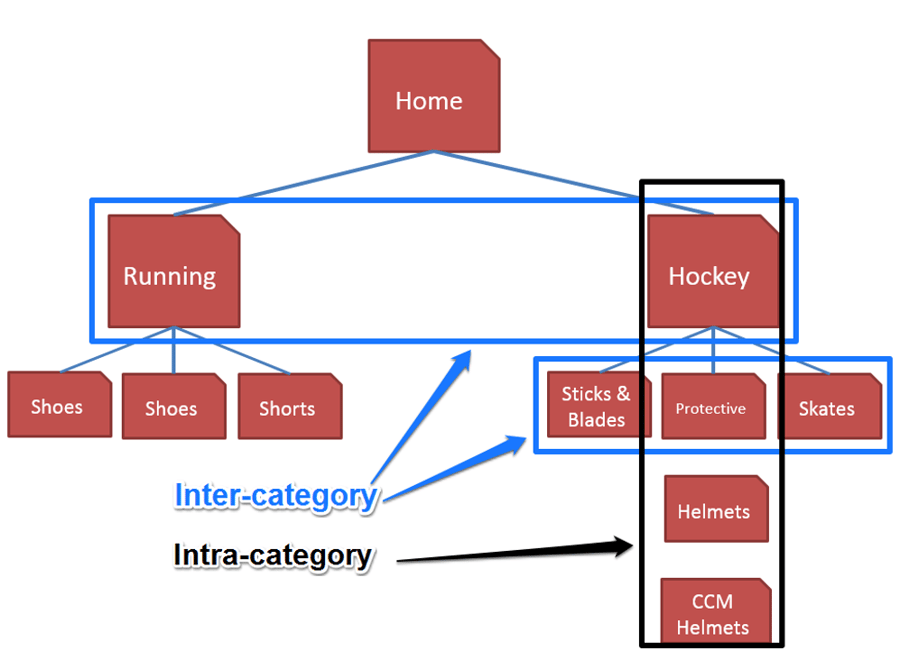
Source: Geoff Kenyon
This allows customers searching for “shoes” or “skates” to find the items they want without having to hunt through each product page in your catalog.
For example, suppose you sell books in your eCommerce store with only three categories of books (fiction, non-fiction, and history). In that case, it makes sense for you to create internal links between those categories so that when someone searches for “books,” they can see all the different books available in your store.
Do: Use AI to identify related products to cross-sell or upsell.
It’s not enough just to have a massive catalog of products. Using AI to identify related products to cross-sell or upsell is vital.
For example, let’s say you have a photography business that sells cameras. You might want to cross-sell your customers on additional lenses and other accessories. This is simple enough to do when you have a small product catalog.
For a large store, use AI to predict buying behavior based on purchasing history. These insights could help you recommend suitable products on the website and through marketing assets like newsletters or remarketing ads.
Email marketing platforms like Moosend integrate with third-party apps that can provide these insights. This enables you to automate the message and delivery schedule of your marketing messages.
Don’t: Forget to optimize your automation.
One of the essential parts of eCommerce marketing is analytics. It’s no secret that, as a marketer, you’re always looking for ways to improve your campaigns and optimize them for better results. As you start to scale up your business, automation can always go wrong. Use metrics like open rates, engagement, and unsubscribes to identify poorly optimized campaigns and rework them.
These tactics allow you to see what works and what doesn’t. For example, if you notice that your campaigns are performing well in terms of engagement but not in terms of conversion, then there might be an issue with your landing page or call-to-action (CTA). If this is the case, then it’s time to rethink your strategy and make changes accordingly.
Conclusion
When you have a massive product catalog, you face several challenges. How are you supposed to handle things like paid search marketing? How about creating and distributing content across multiple channels? There’s a lot to consider, so you must develop a coherent eCommerce marketing strategy from the beginning. If not, you’re likely to run into problems along the way.
Put the strategies mentioned above into play for your eCommerce store and observe how it helps you sell better and faster.
